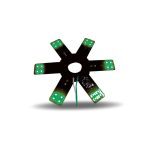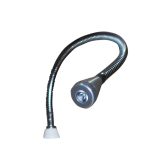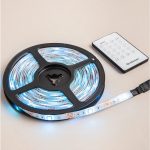How Much to Illuminate Your Home? Discover the CostSaving Benefits of LED Light Bulbs

Lighting is an essential aspect of any home. It sets the ambiance, enhances the decor, and makes the space more functional. However, lighting can also be a significant expense for homeowners. The cost of electricity bills can quickly add up, especially if you’re using inefficient light bulbs. That’s where LED light bulbs come in. LED light bulbs are energy-efficient, cost-effective, and long-lasting. They use less electricity than traditional bulbs, which means lower energy bills and more money in your pocket. If you’re looking to save money and reduce your carbon footprint, switching to LED light bulbs is the perfect solution. Not only do they save you money on your electricity bills, but they also last longer than traditional bulbs. This means that you won’t have to replace them as frequently, which saves you money in the long run. Additionally, LED bulbs don’t contain harmful chemicals like mercury, which makes them an eco-friendly option. In this article, we’ll explore the cost-saving benefits of LED light bulbs and help you determine how much it will cost to illuminate your home with these energy-efficient bulbs.
Lighting plays a crucial role in setting the tone and atmosphere of a home. Whether it’s bright and energizing or soft and relaxing, the right lighting can make all the difference. Not only does it enhance the aesthetic appeal and functionality of a space, but it also affects our mood, productivity, and overall well-being. Additionally, the type of lighting we choose and how we use it can have a significant impact on our monthly energy bills. By opting for energy-efficient LED light bulbs, homeowners can save money while reducing their carbon footprint. With so many benefits to consider, it’s no wonder that lighting is an essential aspect of any home.
Lighting technology has come a long way since the early days of fire and candlelight. In the late 1800s, Thomas Edison’s invention of the incandescent light bulb revolutionized the way we light our homes and cities. This technology dominated the market for over a century until the advent of energy-efficient lighting options such as compact fluorescent bulbs and LEDs. LEDs have quickly become the most popular choice for lighting due to their long lifespan, energy efficiency, and low heat emission. The development of smart lighting systems has also enabled homeowners to control their lighting remotely and create custom lighting scenes to enhance their home’s ambiance. As technology continues to advance, it’s exciting to see what innovations will come next in the world of lighting.
When it comes to illuminating your home, LED bulbs are a superior alternative to traditional incandescent bulbs. While incandescent bulbs have been the standard for decades, they are highly inefficient and waste a significant amount of energy. In contrast, LED bulbs are much more energy-efficient, using up to 80% less energy than traditional bulbs. They also have a much longer lifespan, lasting up to 25 times longer than incandescent bulbs. While LED bulbs may have a higher upfront cost, their energy efficiency and durability make them a cost-effective choice in the long run. Additionally, LED bulbs are a more sustainable option, as they do not contain harmful chemicals like mercury, which is commonly found in traditional bulbs. Overall, making the switch to LED bulbs is a smart investment for both your wallet and the environment.
The Cost of Lighting Your Home
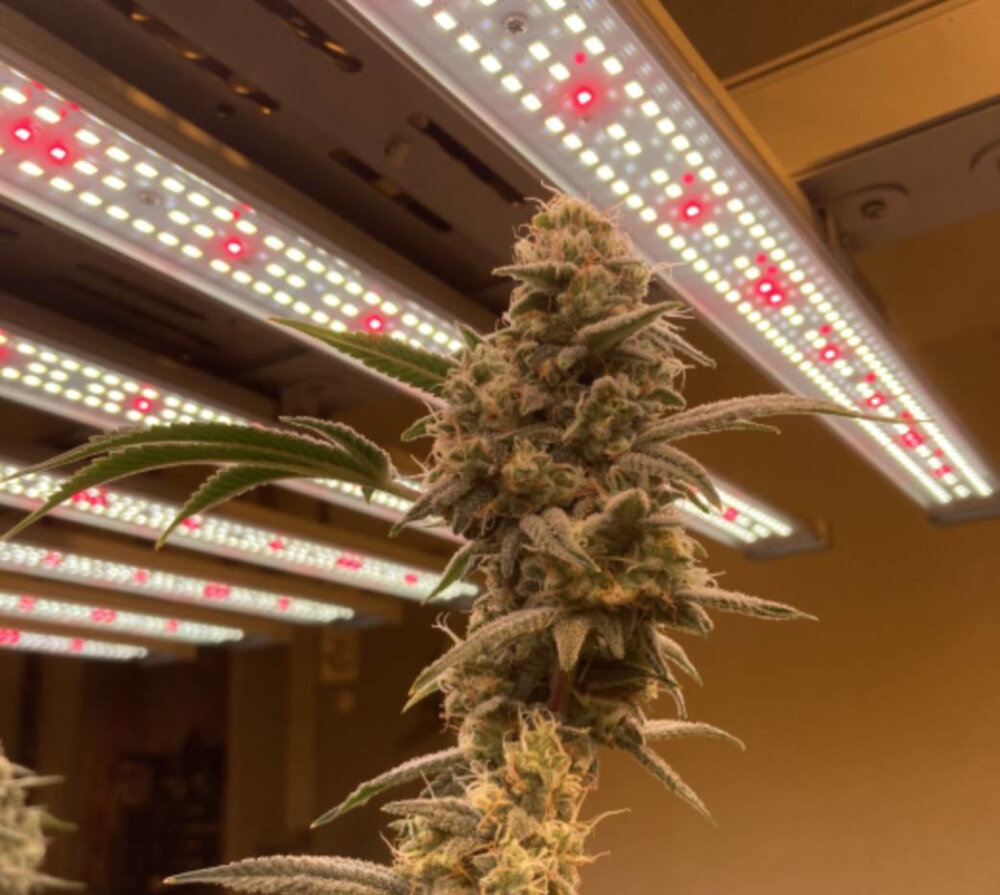
Lighting your home can be one of the most significant expenses on your monthly utility bill. The cost of lighting can vary depending on the type of bulb you use, the wattage, and how many hours a day you keep the lights on. Traditional incandescent bulbs are the least energy-efficient and cost more to operate than any other type of bulb. They waste a lot of energy in the form of heat, and their lifespan is much shorter than that of LED bulbs. Although LED bulbs are more expensive to purchase upfront, they use less energy and last longer, reducing the overall cost of lighting your home. LED bulbs are the most energy-efficient option for lighting your home. They use up to 90% less energy than incandescent bulbs and last up to 25 times longer. This means that not only will you see a significant reduction in your energy bill, but you will also save money on replacement bulbs. Additionally, LED bulbs produce less heat, making them safer to use, and they come in various colors and styles to fit any decor. By switching to LED bulbs, you can reduce your energy consumption and save money while also reducing your carbon footprint. The initial cost of LED bulbs may be higher, but the long-term savings make them a cost-effective and eco-friendly choice for lighting your home.
There are several factors that can influence lighting costs in a home. Firstly, the type of lighting technology used can have a significant impact on energy consumption and cost. LED light bulbs, for instance, are much more energy-efficient than traditional incandescent bulbs and can ultimately save homeowners money on their energy bills. Secondly, the number of light fixtures and the wattage of each bulb can also impact lighting costs. Using fewer, lower-wattage bulbs can lead to lower energy consumption and cost. Additionally, the duration and frequency of lighting use can influence costs, as leaving lights on for extended periods or frequently turning them on and off can increase energy consumption. Finally, the cost of electricity in a given region can also impact lighting costs, as higher rates can lead to higher overall energy costs for homeowners.
The cost of electricity varies significantly across different regions, with factors such as government regulations, natural resources, and consumer demand influencing pricing structures. In the United States, electricity prices are highest in Hawaii due to the state’s reliance on imported oil for electricity production. Meanwhile, states with abundant renewable energy resources such as hydroelectric, wind, and solar power tend to have lower electricity rates. Internationally, electricity prices can vary greatly, with countries such as Denmark and Germany having higher rates due to their focus on renewable energy, while countries like China and India have lower rates due to their reliance on coal-fired power plants. Overall, understanding the regional differences in electricity costs can help consumers make informed decisions about energy-efficient technologies like LED light bulbs.
When it comes to lighting your home, the cost of electricity can add up quickly. Traditional incandescent light bulbs may seem like an affordable option, but they can actually be quite costly in the long run. On the other hand, LED light bulbs are a more energy-efficient and cost-effective option. LED bulbs use a much lower wattage than traditional bulbs, and they last much longer too. This means that you can save money on your electricity bill while also enjoying brighter, more efficient lighting in your home. So, if you’re looking to save money and reduce your energy consumption, consider switching to LED light bulbs today.
Understanding LED Light Bulbs
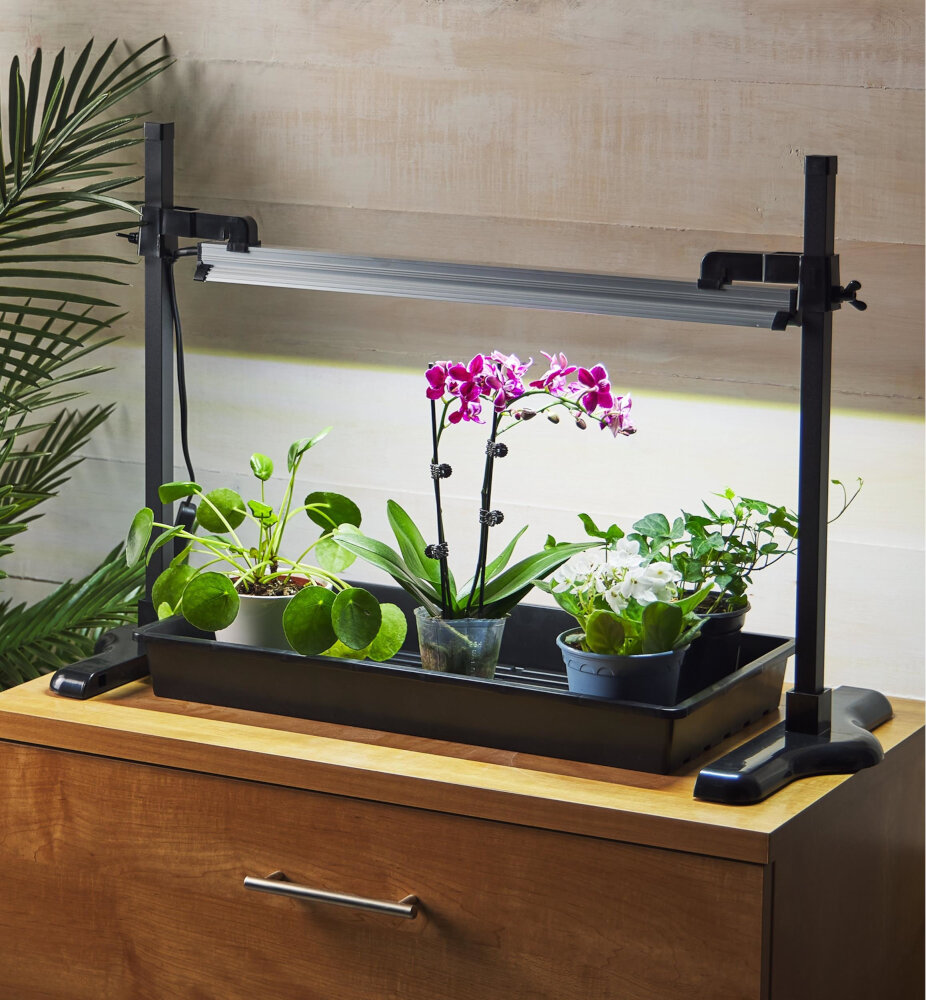
LED light bulbs have become increasingly popular in recent years due to their energy efficiency and cost-saving benefits. LED stands for \light-emitting diode,\ and these bulbs use far less energy than traditional incandescent bulbs. They also last much longer, with an average lifespan of 25,000 hours compared to just 1,000 hours for incandescent bulbs. LED bulbs are also more durable and resistant to breakage, and they emit less heat, making them a safer option for home use. One of the most significant benefits of LED light bulbs is their energy efficiency. They use up to 80% less energy than traditional incandescent bulbs, which means that they can help homeowners save money on their electricity bills. LED bulbs also emit less heat, which means that they don’t waste as much energy as incandescent bulbs do. Additionally, LED bulbs are available in a variety of colors and brightness levels, so homeowners can choose the perfect lighting to suit their needs. Whether they need bright, white light for a workspace or warm, dim light for a relaxing evening at home, there is an LED bulb that can provide it.
LED bulbs, or Light-Emitting Diodes, work by using semiconductors to convert electricity into light. When a current passes through the semiconductor material, it causes the electrons to release energy in the form of photons, or light particles. This process is known as electroluminescence. Unlike traditional incandescent bulbs, LED bulbs do not rely on heating a filament to produce light, making them much more energy-efficient. LED bulbs also have a longer lifespan than other types of bulbs, making them a cost-effective and environmentally friendly choice for illuminating your home.
When comparing LED bulbs with traditional incandescent bulbs, there are several key differences to consider. LED bulbs are far more energy-efficient, using up to 80% less electricity than incandescent bulbs while still offering bright and long-lasting light. Additionally, LED bulbs produce significantly less heat, making them safer and more environmentally friendly. While incandescent bulbs have a warm, yellowish glow, LED bulbs can offer a range of colors and temperatures to suit any mood or need. While LED bulbs may have a slightly higher upfront cost, their energy efficiency and long lifespan make them a cost-effective choice in the long run.
LED bulbs are quickly becoming the go-to choice for homeowners due to their numerous advantages over traditional bulbs. One of the most significant benefits of LED bulbs is their energy efficiency, which can result in significant cost savings on electricity bills. Compared to incandescent bulbs, LED bulbs use up to 80% less energy, making them an environmentally friendly option as well. Additionally, LED bulbs have a longer lifespan, lasting up to 25 times longer than traditional bulbs. This means that homeowners can avoid the hassle of constantly replacing bulbs and enjoy a more consistent, reliable lighting experience. Overall, the energy efficiency and longevity of LED bulbs make them a smart investment for anyone looking to save money while still enjoying quality lighting.
How to Choose the Right LED Light Bulbs for Your Home
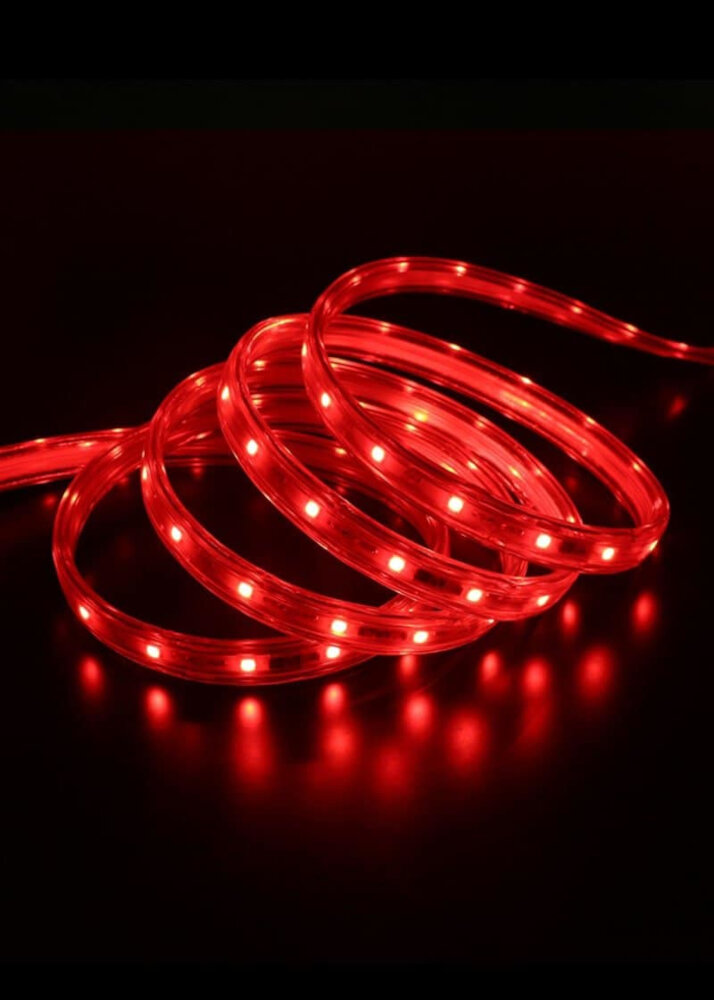
Choosing the right LED light bulbs for your home can be a daunting task, especially if you are not familiar with the different types of bulbs available in the market. However, there are several factors to consider when selecting the best bulbs for your home. First, consider the brightness level you need for the space you want to illuminate. The brightness of LED bulbs is measured in lumens, so the higher the lumens, the brighter the light output. For example, a 60-watt incandescent bulb produces about 800 lumens, while an equivalent LED bulb produces the same amount of light using only 9 watts of energy. Another factor to consider when choosing LED light bulbs for your home is the color temperature. The color temperature of LED bulbs is measured in Kelvin (K), and it determines the warmth or coolness of the light. Lower Kelvin values (2700K to 3000K) produce a warm, yellowish light similar to traditional incandescent bulbs, while higher Kelvin values (5000K to 6500K) produce a cool, bluish light similar to daylight. Consider the mood and ambiance you want to create in each room and choose the appropriate color temperature accordingly. Additionally, consider the bulb’s lifespan, energy efficiency, and compatibility with your fixtures to ensure you select the most cost-effective and long-lasting LED bulbs for your home.
LED bulbs are the most energy-efficient lighting option available today, using up to 80% less energy than traditional incandescent bulbs. There are many different types of LED bulbs available, each with its unique features and benefits. The most common types are standard LED bulbs, which are designed to replace traditional incandescent bulbs, and are available in a range of shapes and sizes. Another type is the LED spotlight, which is ideal for directional lighting and is commonly used in track lighting and recessed fixtures. LED strip lights are flexible, easy to install, and can be used to add ambiance and accent lighting to any room. Finally, LED floodlights are designed for outdoor use and provide bright, long-lasting light for security and safety purposes.
When choosing LED bulbs for your home, there are several factors to consider. Color temperature is one of the most important factors as it can significantly impact the ambiance of your home. For a warm and cozy feel, choose bulbs with a lower color temperature of around 2700K. On the other hand, if you prefer a brighter and more vibrant atmosphere, go for bulbs with a higher color temperature of around 5000K. Brightness is another important factor, and it’s measured in lumens. The higher the lumens, the brighter the bulb. Lastly, dimmability is crucial if you want to adjust the lighting according to your mood or activity. Make sure to check the packaging and ensure that the bulbs are compatible with your dimmer switch. By considering these factors, you can choose the perfect LED bulbs for your home that not only save you money but also enhance your living space.
When selecting LED bulbs for different rooms in your home, it is important to consider the purpose of the room and the desired mood or atmosphere. For example, warm white bulbs with a color temperature of 2700K-3000K are ideal for bedrooms and living rooms as they create a cozy and relaxing ambiance. On the other hand, cool white bulbs with a color temperature of 3500K-5000K are best suited for task-oriented areas such as kitchens, bathrooms, and home offices as they provide bright and clear illumination. Additionally, it is important to consider the brightness or lumens of the bulb, as well as the bulb’s lifespan and energy efficiency to ensure that you are getting the most cost-effective and eco-friendly option for your home.
The CostSaving Benefits of LED Light Bulbs
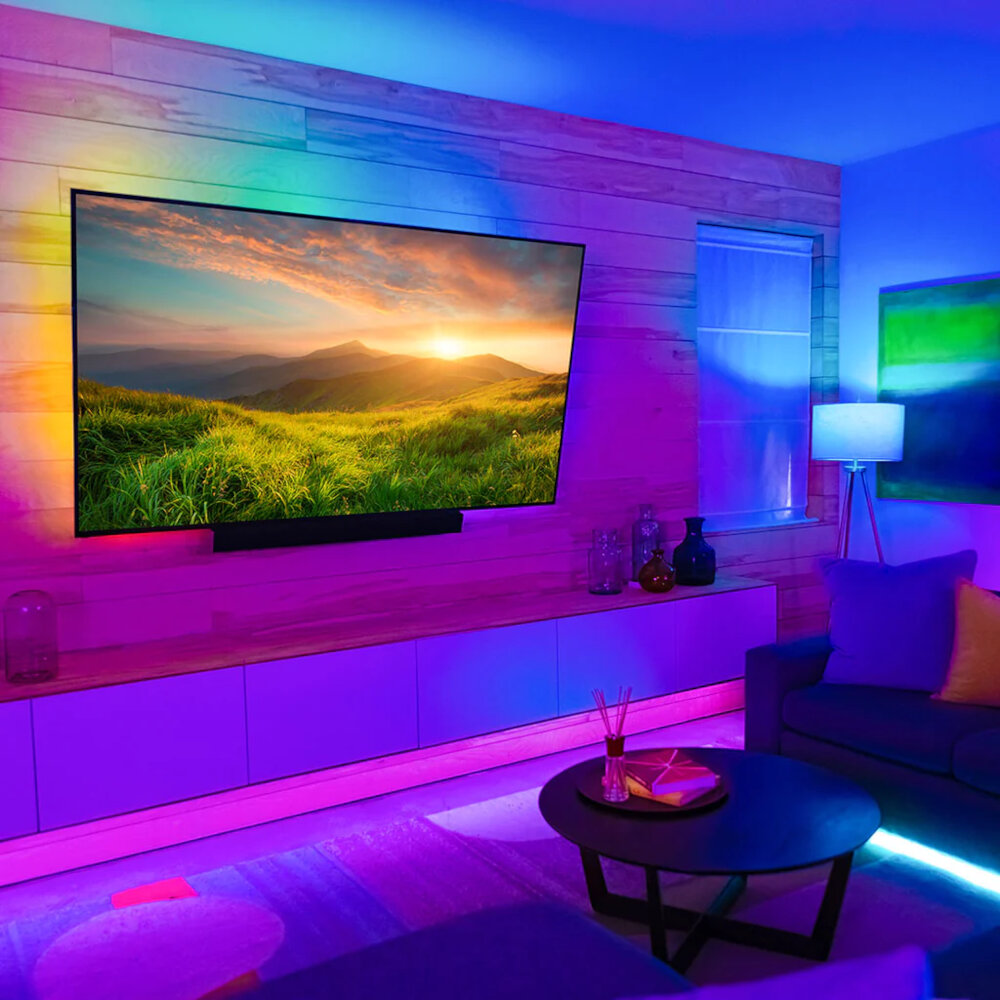
LED light bulbs are quickly becoming the go-to lighting choice for homeowners due to their numerous cost-saving benefits. Compared to traditional incandescent bulbs, LED bulbs use significantly less energy, which means lower electricity bills. In fact, according to Energy Star, LED bulbs use up to 90% less energy than incandescent bulbs. This translates to significant savings over time, especially for households that use a lot of lighting. Additionally, LED bulbs can last up to 25 times longer than incandescent bulbs, which means less frequent replacements and further cost savings. Another cost-saving benefit of LED light bulbs is their low heat output. Traditional bulbs release a significant amount of heat, which not only wastes energy but can also be a fire hazard. LED bulbs, on the other hand, stay relatively cool, which means less energy waste and a lower risk of fire. This also makes LED bulbs a safer choice for homes with young children or pets, as there is no risk of accidental burns. Overall, the cost savings and safety benefits of LED light bulbs make them an excellent long-term investment for any homeowner looking to reduce their energy consumption and save money on their electricity bills.
When considering the cost of illuminating your home, it’s important to factor in the long-term savings of using LED bulbs. While LED bulbs may have a higher upfront cost, they last significantly longer than traditional incandescent bulbs, which means that you’ll need to replace them less frequently. Additionally, LED bulbs use less energy than incandescent bulbs, which can result in lower monthly electricity bills. Over time, the savings on replacement bulbs and energy costs can add up significantly, making LED bulbs a smart investment for any homeowner looking to reduce their long-term lighting expenses.
When considering the cost-saving benefits of LED light bulbs, it’s important to factor in the potential savings over time. While LED bulbs may be more expensive upfront, they can save you a significant amount of money in the long run. This is because they consume less energy and last longer than traditional incandescent bulbs. By calculating the cost of electricity per kilowatt-hour and the lifespan of both types of bulbs, you can determine the potential savings over time. For example, if you replace five incandescent bulbs with LED bulbs, you could save over $100 in energy costs over the course of a year. Additionally, since LED bulbs last longer, you won’t have to replace them as often, further increasing your potential savings.
LED bulbs offer significant environmental benefits compared to traditional incandescent and fluorescent bulbs. LED bulbs are energy-efficient and use up to 80% less energy than traditional bulbs, which means less energy is required to power them, resulting in lower carbon emissions. Additionally, LED bulbs have a long lifespan, which means fewer bulbs need to be produced and disposed of, reducing waste and pollution. LED bulbs also do not contain harmful chemicals such as mercury, which can be found in fluorescent bulbs, and are therefore safer for the environment. Overall, switching to LED bulbs is a simple and effective way to reduce your carbon footprint and contribute to a more sustainable future.
LED bulbs are a cost-efficient way to illuminate your home. They have a longer lifespan of around 25,000 hours, which is almost 25 times longer than traditional incandescent bulbs. They also consume less energy compared to their traditional counterparts, resulting in lower electricity bills. LED bulbs convert 95% of the energy they use into light, with only 5% being wasted as heat, whereas incandescent bulbs convert only 10% of energy into light, wasting the rest as heat. LED bulbs are also easy to install and come in a variety of sizes and shapes, making it easy to find the right fit for your home. Overall, switching to LED bulbs can save you a significant amount of money in the long run, making them a smart investment for any homeowner.
If you’re looking to reduce your energy consumption and save money on your electricity bill, switching to LED bulbs is an excellent place to start. LED bulbs are a highly efficient lighting option that use only a fraction of the energy required by traditional incandescent bulbs. This translates to significant cost savings over time, as LED bulbs last much longer than incandescent bulbs and don’t need to be replaced as frequently. Additionally, LED bulbs emit less heat than incandescent bulbs, making them safer and more environmentally friendly. By making the switch to LED bulbs, you’ll not only be saving money on your monthly electricity bill, but you’ll also be doing your part to reduce your carbon footprint and conserve energy.
In conclusion, energy efficiency and sustainability are crucial considerations for any homeowner who desires to save money and protect the environment. LED light bulbs represent a simple yet effective way to achieve these objectives. These bulbs consume minimal energy and last longer than traditional incandescent bulbs. They also emit less heat, making your home more comfortable during the summer months. By using LED light bulbs, homeowners can reduce their carbon footprint, minimize energy bills, and enjoy a more sustainable and eco-friendly lifestyle. It is important to promote the use of LED bulbs, especially as we strive to combat climate change and preserve our planet for future generations.
Conclusion
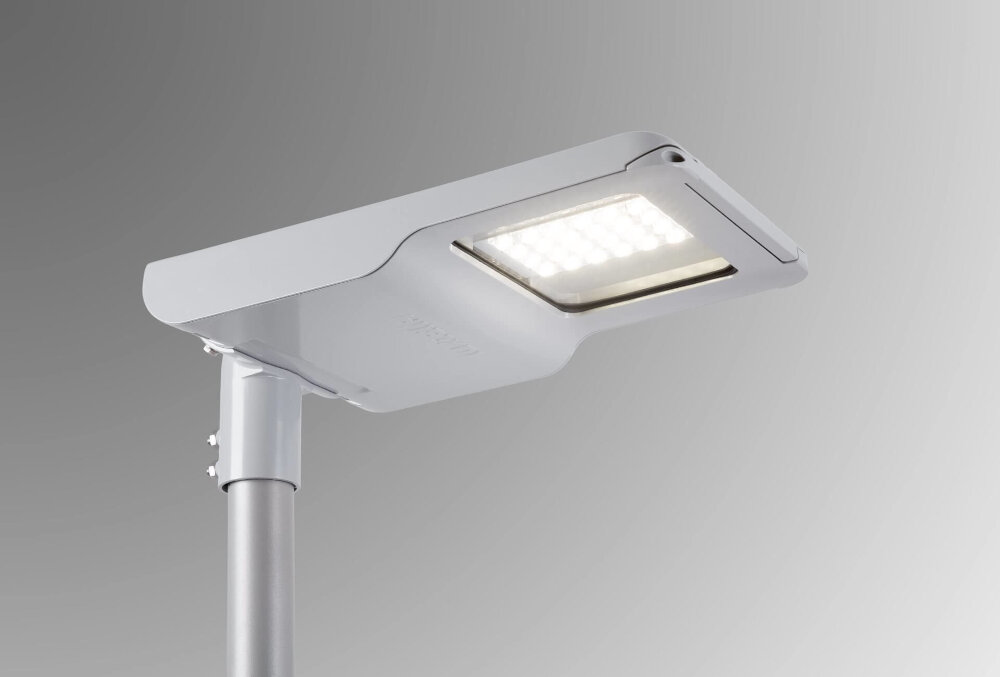
In conclusion, switching to LED light bulbs can provide significant cost-saving benefits when it comes to illuminating your home. Not only are they energy-efficient, but they also have a longer lifespan and require less maintenance compared to traditional incandescent bulbs. While LED bulbs may have a higher upfront cost, the investment pays off in the long run with reduced energy bills and replacement costs. Additionally, LED bulbs come in a variety of brightness levels and color temperatures, making them a versatile option for any home. By making the switch to LED lighting, you can not only save money but also reduce your carbon footprint and contribute to a more sustainable future.

